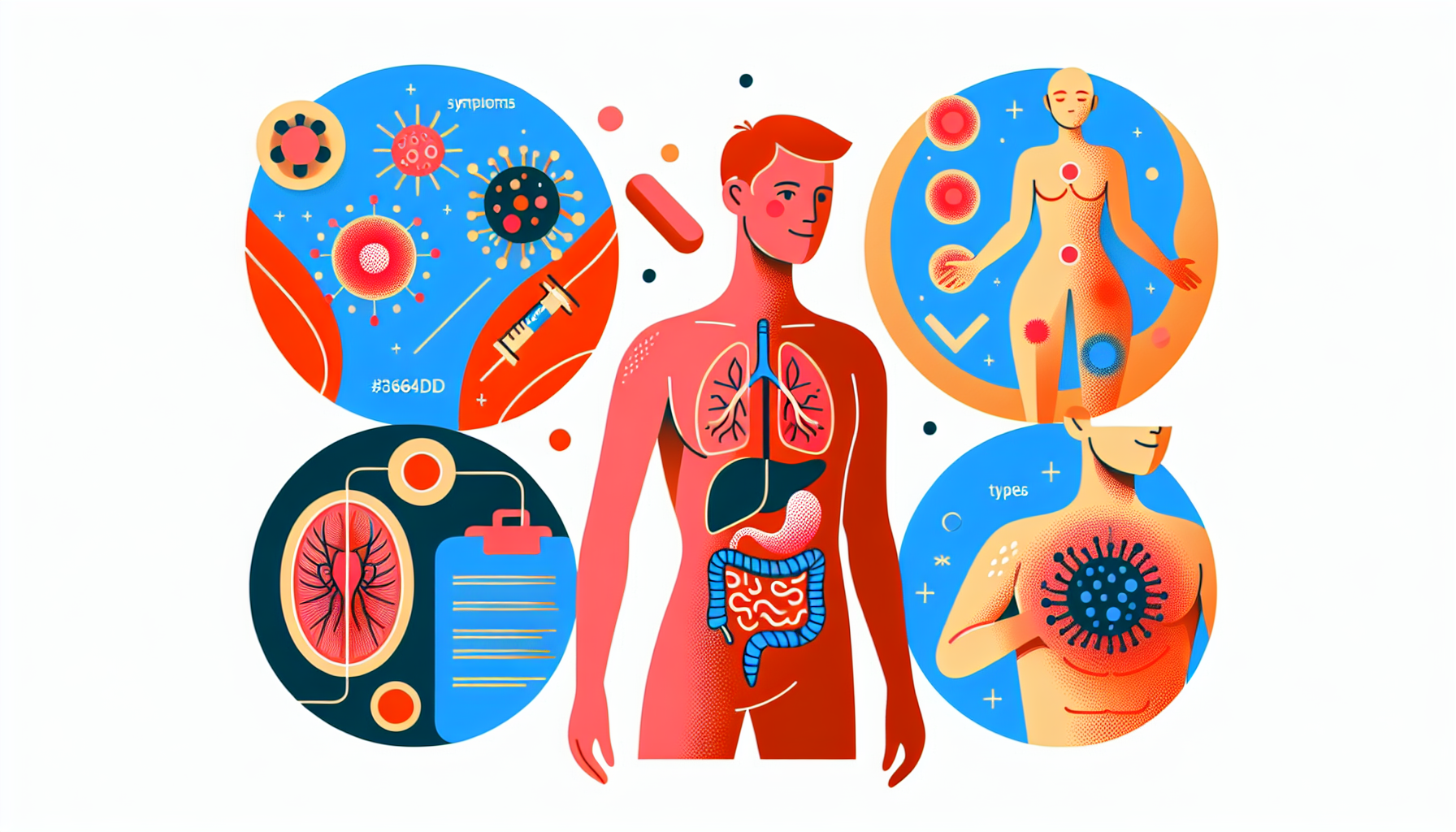Wondering If You Have a Thumb Injury? Here’s How to Check
Thumb injuries can be surprisingly common and often happen during everyday activities—from sports and gardening to simple slips or falls. Because the thumb plays a crucial [...]
Read More
Medically reviewed by Abhijit Bhattacharyya | MD, PhD, MBA, Tufts University School of Medicine - Miami, Florida on July 17th, 2023.
Connective tissue diseases are a group of disorders that affect the protein-rich tissue supporting various parts of the body, such as fat, bone, and cartilage. These conditions can cause a wide range of symptoms and may affect the joints, muscles, skin, bones, internal organs such as the heart, lungs, and digestive tract, as well as the brain. In this article, we'll explore the different types of connective tissue diseases, their symptoms, causes, and treatment options.
There are two main categories of connective tissue diseases: inherited disorders and autoimmune diseases.
Inherited disorders of connective tissue (HDCTs) are caused by genetic changes and are often rare. Some common examples include:
Ehlers-Danlos syndrome (EDS)
Epidermolysis bullosa (EB)
Marfan syndrome
Osteogenesis imperfecta
Autoimmune diseases occur when the body's immune system mistakenly attacks its own tissues. The exact cause is unknown, but researchers believe that a combination of genetic susceptibility and environmental triggers may play a role. Some examples of autoimmune connective tissue diseases include:
Polymyositis and dermatomyositis
Rheumatoid arthritis (RA)
Scleroderma
Sjogren's syndrome
Systemic lupus erythematosus (SLE or lupus)
Vasculitis
Mixed connective tissue disease (MCTD)
Symptoms of connective tissue diseases can vary depending on the specific condition and the parts of the body affected. Some common symptoms include:
Joint pain, stiffness, and swelling
Muscle weakness and pain
Skin rashes, tightness, or fragility
Fatigue
Fever
Digestive problems
Breathing difficulties

Diagnosing connective tissue diseases often involves a combination of physical examinations, blood tests, imaging studies, and sometimes biopsies. Treatment options vary depending on the specific condition but may include:
Medications to reduce inflammation and manage symptoms
Physical therapy to improve joint function and muscle strength
Occupational therapy to help with daily activities
Surgery to correct joint deformities or address organ damage
If you suspect that you or a loved one may have a connective tissue disease, it's essential to consult with a healthcare professional for an accurate diagnosis and appropriate treatment plan. With proper management and care, many people with connective tissue diseases can lead full and active lives.
For more information on connective tissue diseases, visit:
Thumb injuries can be surprisingly common and often happen during everyday activities—from sports and gardening to simple slips or falls. Because the thumb plays a crucial [...]
Read MoreAs the warmer months arrive, many people find themselves spending more time outdoors, enjoying parks, gardens, and open fields. However, for some, this seasonal joy comes [...]
Read MoreMany people enjoy ice cream as a delicious treat, especially on warm days or as a comforting dessert. However, some find that eating ice cream triggers an unexpected [...]
Read More